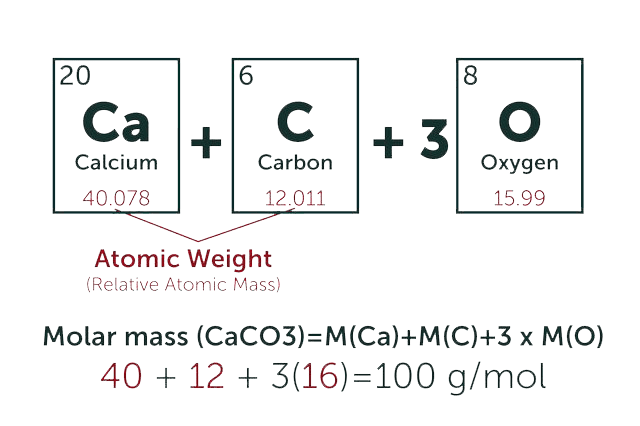Concanamycin B
* Please be kindly noted products are not for therapeutic use. We do not sell to patients.

| Category | Antibiotics |
| Catalog number | BBF-01734 |
| CAS | 81552-33-2 |
| Molecular Weight | 852.06 |
| Molecular Formula | C45H73NO14 |
| Purity | >95% by HPLC |
Online Inquiry
Description
It is produced by the strain of Streptomyces diastatochromogenes. It has antifungal, antiviral, immunosuppressive, cytotoxic and other activities, and is a specific inhibitor of V-type ATPase, which is an important tool for biochemical research.
Specification
| Synonyms | (3Z,5E,7R,8R,9S,10S,11R,13E,15E,17S,18R)-18-[(1S,2R,3S)-3-[(2R,4R,5S,6R)-4-[[4-O-(Aminocarbonyl)-2,6-dideoxy-β-D-arabino-hexopyranosyl]oxy]tetrahydro-2-hydroxy-5-methyl-6-(1E)-1-propenyl-2H-pyran-2-yl]-2-hydroxy-1-methylbutyl]-8,10-dihydroxy-3,17-dimethoxy-5,7,9,11,13-pentamethyloxacyclooctadeca-3,5,13,15-tetraen-2-one; MCH 210; 8-Deethyl-8-methylconcanamycin A |
| Storage | -20 °C |
| IUPAC Name | [(2R,3S,4R,6R)-6-[(2R,4R,5S,6R)-2-[(2S,3R,4S)-4-[(2R,3S,4E,6E,9R,10S,11S,12R,13R,14E,16Z)-10,12-dihydroxy-3,17-dimethoxy-7,9,11,13,15-pentamethyl-18-oxo-1-oxacyclooctadeca-4,6,14,16-tetraen-2-yl]-3-hydroxypentan-2-yl]-2-hydroxy-5-methyl-6-[(E)-prop-1-enyl]oxan-4-yl]oxy-4-hydroxy-2-methyloxan-3-yl] carbamate |
| Canonical SMILES | CC=CC1C(C(CC(O1)(C(C)C(C(C)C2C(C=CC=C(CC(C(C(C(C(C=C(C=C(C(=O)O2)OC)C)C)O)C)O)C)C)OC)O)O)OC3CC(C(C(O3)C)OC(=O)N)O)C |
| InChI | InChI=1S/C45H73NO14/c1-13-15-33-27(6)36(57-37-21-32(47)42(31(10)56-37)59-44(46)52)22-45(53,60-33)30(9)40(50)29(8)41-34(54-11)17-14-16-23(2)18-25(4)38(48)28(7)39(49)26(5)19-24(3)20-35(55-12)43(51)58-41/h13-17,19-20,25-34,36-42,47-50,53H,18,21-22H2,1-12H3,(H2,46,52)/b15-13+,17-14+,23-16+,24-19+,35-20-/t25-,26-,27-,28+,29+,30+,31-,32-,33-,34+,36-,37+,38+,39-,40-,41-,42-,45-/m1/s1 |
| InChI Key | AQXXGIBOZQZSAT-XDUMZDCNSA-N |
| Source | Streptomyces sp. |
Properties
| Appearance | Crystal |
| Antibiotic Activity Spectrum | Fungi; Viruses |
| Boiling Point | 960.2 °C at 760 mmHg |
| Density | 1.20 g/cm3 |
| Solubility | Soluble in Isopropyl Alcohol, Methanol, Chloroform, DMF, DMSO; Poorly soluble in Water |
Reference Reading
Recommended Products
| BBF-01851 | Fumagillin | Inquiry |
| BBF-03816 | Milbemycin oxime | Inquiry |
| BBF-01732 | Mevastatin | Inquiry |
| BBF-00703 | Carminomycin I | Inquiry |
| BBF-03881 | Sancycline | Inquiry |
| BBF-05843 | Bacitracin | Inquiry |
Bio Calculators
* Our calculator is based on the following equation:
Concentration (start) x Volume (start) = Concentration (final) x Volume (final)
It is commonly abbreviated as: C1V1 = C2V2


